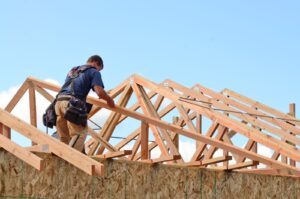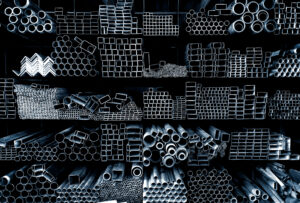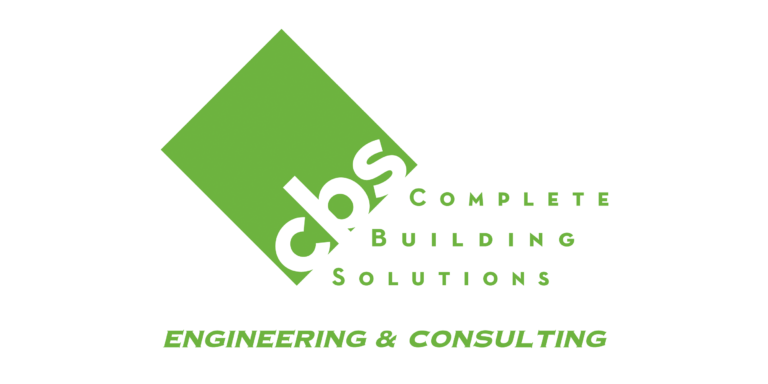Ok, so you have standing water in your yard and aren’t sure why or how to get rid of it?
There are many reasons this could be happening.
Read on to learn about the Top 11 reasons water could be infiltrating your property and how to best fix the issues.
Problem #1 -Poor roof water drainage
When thinking about standing water at your property, we have to start with the basics. It’s important to know how water is flowing (or not) before we can determine where the root problem lies. If a proper roof water management system is not in place, a plethora of issues (including standing water in your yard) could occur.
So, what do we mean by a roof water management system?

We mean clean functioning gutters with downspouts and extensions. Why is this important? If rain water is simply allowed to flow off of your roof, it will land near your foundation and can start to pool or seep into soils creating saturation around the perimeter of the house. Water near your foundation is NEVER a positive. It can start pooling, cause cracked or bowing foundations or allow water to infiltrate the basement.
Here’s your checklist to make sure your roof water management system is up to par:
- Clean working gutters: The photo below is a great example of a gutter filled with debris versus a clean gutter. Gutters are pointless if they cannot do their job. When they are clogged with debris, water will become backed up and can actually spill over the sides and land around your foundation.
- Downspouts: Downspouts are important for draining the water collected by gutters. Gutters will carry rain water to the downspout where it can be shuttled down the side of the building and away from the foundation.
See the photo below.
The first photo shows a gutter with a missing downspout. This can create an issue with water pooling around your foundation. The second photo shows a functioning downspout.
- Downspout Extensions: A downspout extension is an attachment to your downspout responsible for moving water away from the foundation of the home.
The above photo shows a downspout with a missing extension. Notice how the water dumps right around the foundation.
This photo shows a downspout with a working extension. The extension will carry water away from the home’s foundation.
Problem #2 -Poor grading around home
If you do not have good grading around your home, you may end up with standing water. The worst part is that this standing water could be trapped near the foundation. To learn more about the consequences of standing water around your foundation, click here.
So, what exactly is “good” grading?
The International Residential Code calls for at least a 6” drop in elevation within the first 10 feet of the foundation, walkways, and driveway.
This is called a positive slope and helps to prevent water from standing close to the home.
On the other hand, a negative slope is responsible for trapping water around the foundation, walkway or driveways and can cause some real problems.
If you know that you have a negative grade situation at your house, check out this video for a solution.
Problem #3 -Landscape borders
This one may seem quite simple, but you would be surprised how often it pops up. When I say landscape border, I mean anything used to border your plants that is ultimately trapping water.
See the examples below.
These set- ups are not conducive to draining water away from your home. I’m not saying you can’t have plants near your foundation. I am saying there still needs to be a positive slope and a way for water to drain.
The photo below shows an ideal way to plant flowers and keep a positive slope. The landscape slopes downward and the border is NOT holding water against the foundation.
Problem #4 – Bad subsoils
The types of subsoils on your lot can greatly affect the water conditions of the property. There are certain soils that are nearly impossible to dry out once they get wet.
One of these is clay. Clay is made of tiny particles which hold water easily. When these soils become saturated they expand greatly. This can put a lot of pressure on your foundation walls as well as prevent moisture from draining off your property.
How do you know what subsoils you have?
Well, you could guess based upon the area you live in. These clay soils are very common in the Minneapolis area so it’s likely that your yard is clay. However, if you want to be sure, you could hire a professional to perform a soil test.
What’s the solution?
If poor subsoils were used to backfill around your home’s foundation, the best solution is a soil correction. These are not cheap, but are a long term fix that prevents water from slowly damaging your foundation.
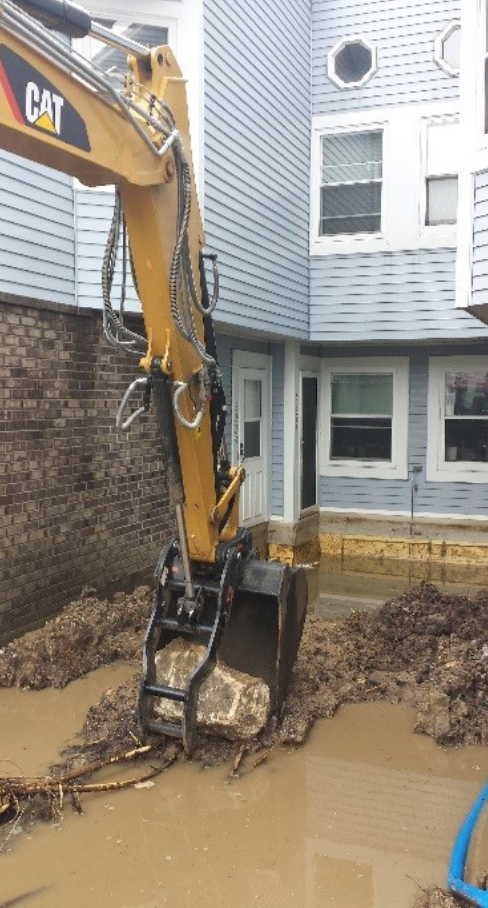
What is the best subsoil to use?
Recycled asphalt combined with concrete, known as con-bit, is the absolute best subsoil you could use. It does not hold water and compacts much better than clay does providing support to a home, driveway or garage. Since water is allowed to filter through the soil, the soil is much more stable and will not shrink and expand the way other soils can. This will ultimately lead to less standing water, swampy landscape, and a stronger foundation.
In general, it is best to hire a professional, such as a structural engineer, with knowledge on drainage systems who can look at your property holistically and create a drainage plan that addresses your property’s unique needs.
The following list will provide you with the worst and best subsoils:
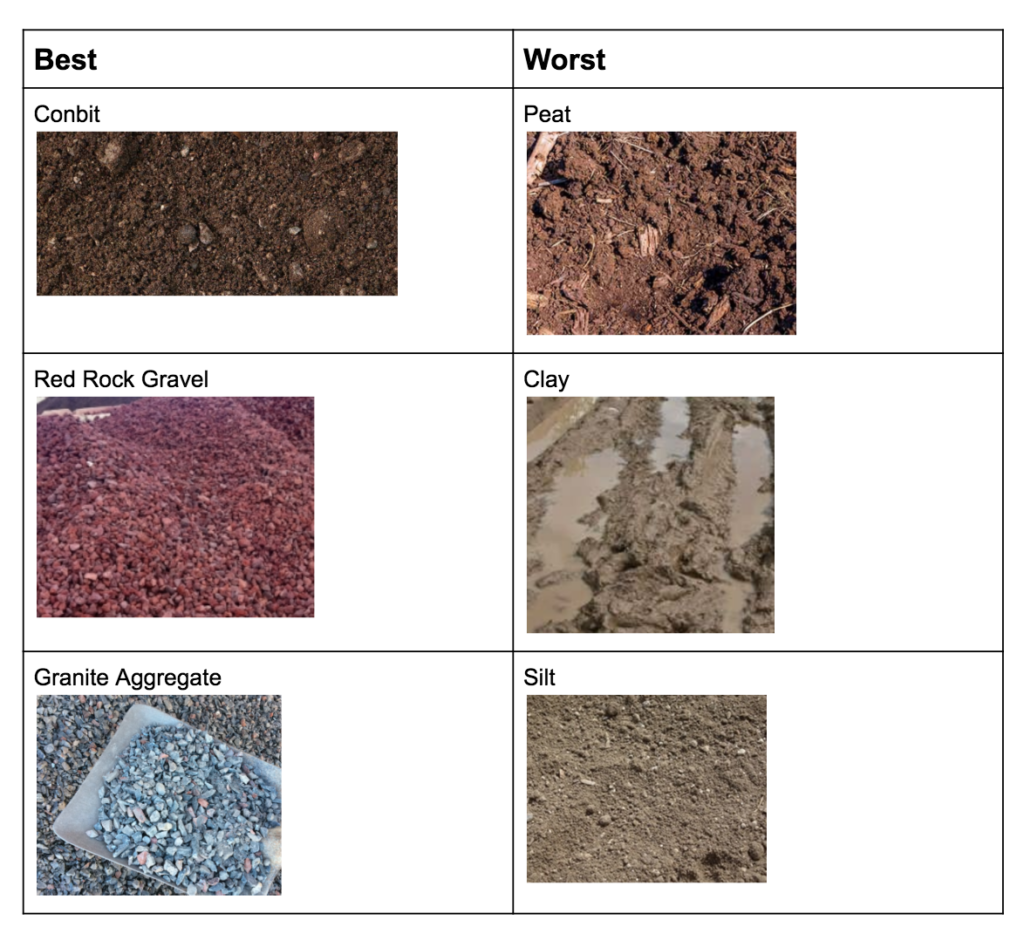
Problem #5- Hardpan
Hardpan is a thick layer of soil that can be found underneath the topsoil layer. The earth is compacted so tightly that water cannot penetrate. This can occur from heavy traffic from people or machinery, drought or improper watering. In some cases the hardpan is formed by deposits such as iron oxide or calcium carbonate.
Why is this bad?
Well, for one, hardpan is almost impervious to water. This means that drainage or rain water may sit on top of the soil instead of being absorbed. Standing water is a nuisance, but also can harm plant life because roots may not be able to penetrate through the soil. Also, deep rooted plants/trees may not be able to receive water or nutrients at all since the soil is compacted so tightly.
The consensus? In order to minimize standing water and have a healthy plant life and soil microbiome, hardpan needs to be dealt with.
Signs that you have hardpan:
- Standing water
- Drainage issues
- Plants and vegetation failing to thrive
What can you do?
If you want to be sure that you have hardpan you can use a soil tester. If you find a hardened layer, you have hardpan. Or, if you find a layer of soil where all the plant’s roots start growing horizontally, you have hardpan.
Watch this video to learn how to fix hardpan in your lawn:
Problem #6 -Living on a Low Spot
If you live at the bottom of a hill or in areas of low elevation, you may be dealing with some standing water.
Sometimes your property may end up acting like a catch basin for all the water from higher elevations. This can be very frustrating.
If you intend to fix the issue yourself, first determine where the water is coming from. Is the issue truly from water at a higher elevation or is there something else going on? Once you have a clear map of the water pathways on your property you can start to form a plan.
Step 1) No matter what, the grading around your foundation should be dealt with first. Make sure there is a positive slope with a 6” fall in elevation within the first 10 feet of the foundation. This will ensure that water stays away from the structural foundation walls and basement.
Step 2) If water seems to be running off of a hill right into your yard, you might want to consider:
- French Drain: A french drain is a trench, filled with gravel, that holds a perforated pipe capable of redirecting water. This pipe may move the water to a storm drain, dry well, or another suitable exit point. Be sure to talk with your local Department of Public Works to ensure your water exit point is acceptable. You do not want to get into trouble with your city or upset your neighbors if water was suddenly being pumped into their yard.
- Dry Well: A dry well is an underground structure filled with rocks that slowly disperses water into the surrounding soil. Most residential dry wells are approximately 4 feet wide by 4 feet deep. Gravity is used to direct water from the house to a lower point in the yard where the drywell is buried. Instead of water pooling on the surface of your yard, it can now be carried to an underground structure that releases water slowly into the surrounding yard.
- Rain Garden: A rain garden is a plant bed designed to absorb and filter runoff water from rain. Instead of rain water rushing into your yard and taking days to soak in, a rain garden will act like a sponge to collect the water and slowly release it into the surrounding soil. These can be strategically placed at the bottom of hills, near driveways, or near other sources of runoff water. If you plan to install your own rain garden click here for a step-by-step guide.
- Retaining Wall: Sometimes a retaining wall is needed in areas of drastic elevation differences to prevent erosion or other drainage issues. These can be expensive to install and should be built by an expert to ensure quality. Factors that must be considered are: base soils, backfil soils, drainage, and height (FYI some cities require building permits/engineering on retaining walls).
The above considerations are simply ideas of what your property may need. The best way to be certain you are attacking the project from the right angle is to hire a professional. A pro can give you options and work with your budget to implement the best water management plan for your unique situation.
Problem #7- High Water Table
What if your standing water is not coming from surface water but is actually a subsurface water problem? Well, you may have an issue with a high water table.
What is a water table?
Did you know that large amounts of water are stored in the ground? Most of this water is from rain that seeps deep into the earth overtime. This deep saturated zone is known as groundwater. Above this layer is the unsaturated zone, where only small varying amounts of water are present. The uppermost layer of the saturated zone, right before the unsaturated zone begins is called the water table.
See photo below.
What factors influence a water table?
- Weather
- Topography
- Ground cover
- Geology
- Land use
A water table becomes elevated when water input exceeds water output.
This can occur from:
- Heavy rains
- Living near a body of water such as a lake, river, or swamp
- Excess water draining from higher elevations
- Soil type
If you are struggling with standing water due to a high water table, you may need to consider hiring a professional, such as a structural engineer, to provide you with a scope to install a drainage system that will work best for your property. There is also the possibility that you have a false high water table which can occur from poor soils. Depending on the severity of the issue you may need to install a sump pump system, soil correction, or other yard drainage system.
Problem #8 -Underground Springs
Underground springs can really cause some problems. This is NOT a project you should DIY (do it yourself). If left unattended underground springs will not only cause standing water, but can cause your foundation to degrade and bow.
Clues that you live on an underground spring:
- Wet yards that never seem to dry out (even when there is no rain)
- High amounts of insects, birds, or animal tracks near the wet area
- Very dense vegetation in wet areas compared to other parts of the property
- An abundance of worms, snakes or other invertebrate species near the wet area
- Water seepage when digging down with a shovel
Check out this video of a builder discovering they’ve built on an underground spring.
Depending on the situation, a professional, like a structural engineer, may suggest water management systems such as trenches, drains/drain beds, or exterior sumps and baskets. There may even be a way to divert the water source to a different location. Regardless, expect a headache. This is no easy task to take on.
Problem #9 -Run-Off Water
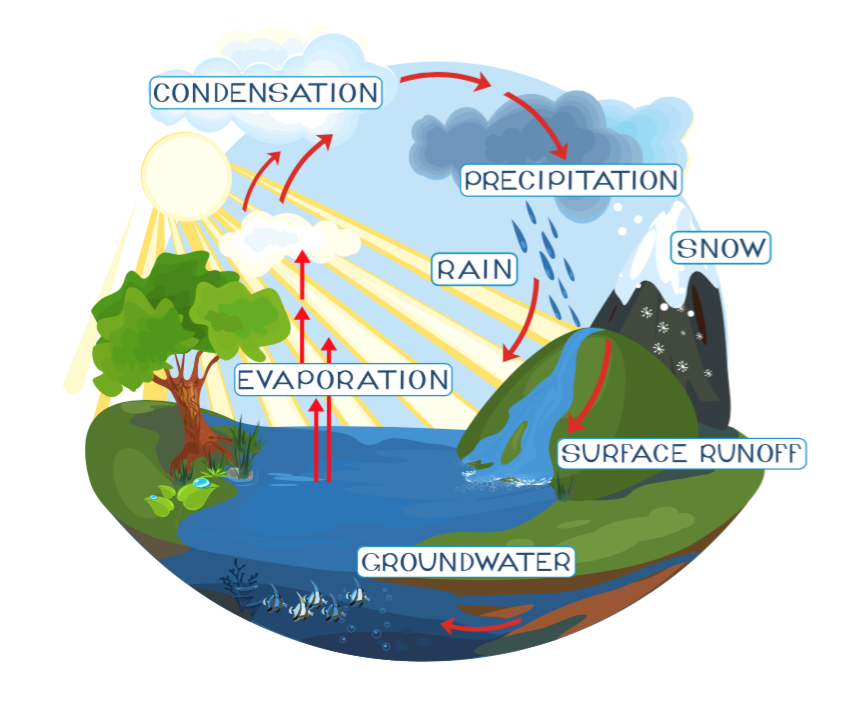
Even water must follow the laws of gravity. Any water that does not get absorbed into the soil as groundwater will start to flow downhill as runoff. Run-off water in residential and industrial areas picks up harmful chemicals, fertilizers, pesticides, dirt, and bacteria which eventually ends up in our rivers, lakes, and streams. It’s important to minimize this run-off to avoid standing water in our yards, but also to minimize the effects of water pollution.
Here are some things we can do:
- Minimize paved surfaces: Paved surfaces prevent water from soaking into the ground, becoming naturally filtered and stored as groundwater. Fact: “Due to the solid surfaces like pavement and rooftops, a typical city block generates five times more runoff than a forested area of the same size (source)”
- Replace: Instead of paved driveways use small paving blocks, porous paving asphalt, cobbles or gravel. Paved sidewalks and patios can be replaced with wooden decking, grave, brick, paving stones, mulch, or grass.
- Install a rain garden: Rain gardens are a fabulous way to absorb standing water, naturally purify it, and slowly release it back into the soil.
- Install a dry well: Dry wells are a great way to temporarily store run-off water and slowly release it back into the soil. You can read more on these in Problem #6.
- Install a french drain that leads to a field: Installing a french drain or some other form of drainage system that allows water to disperse over a larger area of land is another way to avoid contaminated run-off from ending up in the storm sewer system.
Problem #10 – Sidewalk and/or Driveway Dams
Sidewalk and driveway installs are crucial to preventing standing water and other drainage issues in your yard.
Factors that Affect proper sidewalk/driveway function:
- Soils
- Correct install
- Positioning of gutters/downspouts
- Design
- Grade
Hire a professional, such as a structural engineer, with knowledge on aggregate soils, drainage, and grade to help solve this issue.
Problem #11 – Watering too much
Overwatering your lawn can actually be a huge detriment and lead to standing water in your yard. Most professionals recommend that you DO NOT water your lawn everyday. Typically, once per week is acceptable since most lawns require about 1-1.5” of rain per/week. It is also best to water in the morning between 4 and 7 AM. To learn more about lawn watering tips for Minnesota, click here.
We hope that our Top 11 tips will help you to eliminate standing water issues in your yard. If you still have questions, please give Complete Building Solutions a call at 763-544-3355.
